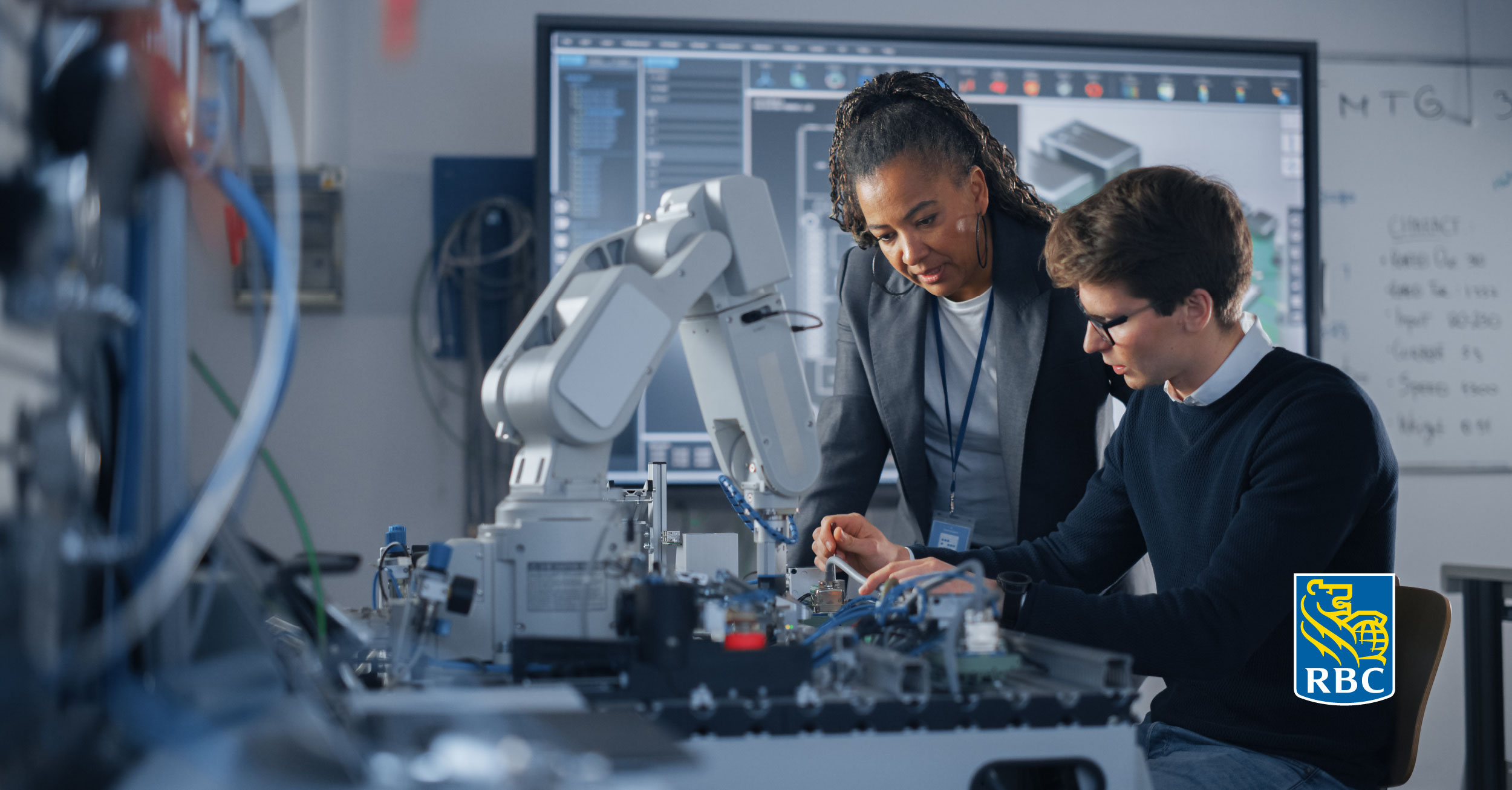I think that's a clear indication that our fighter fleet is too small. We don't have enough pilots man our squadrons, fill the admin and leadership roles and our training establishment and still have the personnel available to increase our training throughput.
If the only option to get more pilots is to reduce our operational readiness temporarily then maybe now while Russia is occupied in Ukraine, China isn't quite ready to take on Taiwan and our new fighters are still in the pipeline is the time to do it.
Alternately, we need to rethink our training system and come up with a quicker/different way to produce pilots at scale.
There's alot of thinking going on about the skill development thing in various quarters, not just for aircrew of course, but let's see if/how it pans out. E.g.
Powering a Postsecondary Pivot: Bold ideas to advance national ambitions in Defence and Space, AI and Energy
Canada is about to make historic investments to reorient the economy. The scale and focus of these investments should serve as a wakeup call to anyone working in Canadian postsecondary education or relevant provincial ministries—signaling both opportunity and necessity for change.
The upcoming federal budget is expected to allocate billions for nation-building initiatives like modernizing defence and space infrastructure, expanding computing capacity, and developing renewable energy. The potential rewards–sovereignty, growth and competitiveness–are great. As is the risk. We are hedging our bets on talent and innovation.
But as we laid out in our recent report,
Testing Times, the postsecondary sector is facing a crisis. Just as Canada is ramping up, colleges and universities are scaling down–closing programs, departments and campuses. Postsecondary institutions across the country need to modernize and re-align their mandates for growth–as outlined in
A Smarter Path—but they lack the financial footing, flexibility and connectivity with industry to do so.
This was the context in which RBC Thought Leadership and our partners at the Business + Higher Education Roundtable convened a summit on
Talent, Technology, and a New Economic Order. In September, about 60 industry and postsecondary leaders came together at RBC’s head offices with a shared interest: ensuring Canada’s historic investments yield historic rewards. We focused on three areas of national ambition that depend heavily on postsecondary for talent and innovation:
- Defence and space capabilities
- AI and digital technology
- Major energy projects
The following summarizes the imperatives, opportunities and bold ideas that were discussed.
We gathered about 60 industry and postsecondary leaders to help craft a game plan
www.rbc.com




